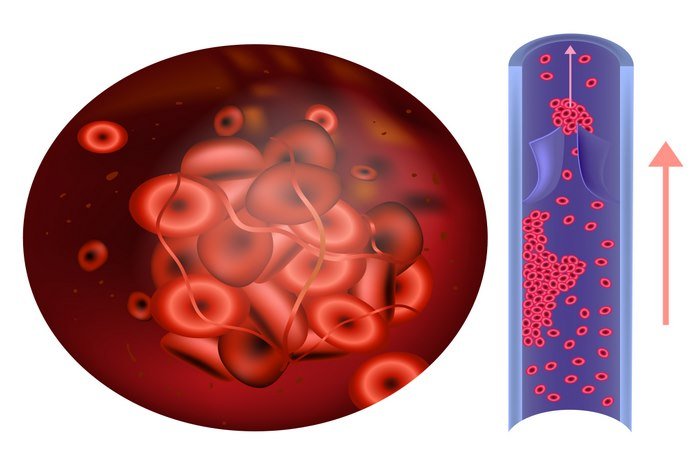Hypercoagulable Disorder
This disease can also be inherited or developed with time. In inherited conditions, the person is born with this disorder. But in received terms, the hypercoagulable disorder may be due to the result of other health conditions such as trauma, surgery, etc.
The symptoms may include shortness of breath, feeling discomfort in the upper body like in neck, arms, chest, and back.
This disease can be treated either through a tablet named Warfarin or through liquid medication called Heparin. This medicine may directly be given to the veins where the blood clots.
It can be dangerous if this disease is not identified on time because when an injury occurs, the coagulation factor does not clot blood properly due to which a lot of blood wastes from the body, so if left untreated, it may lead to death.

